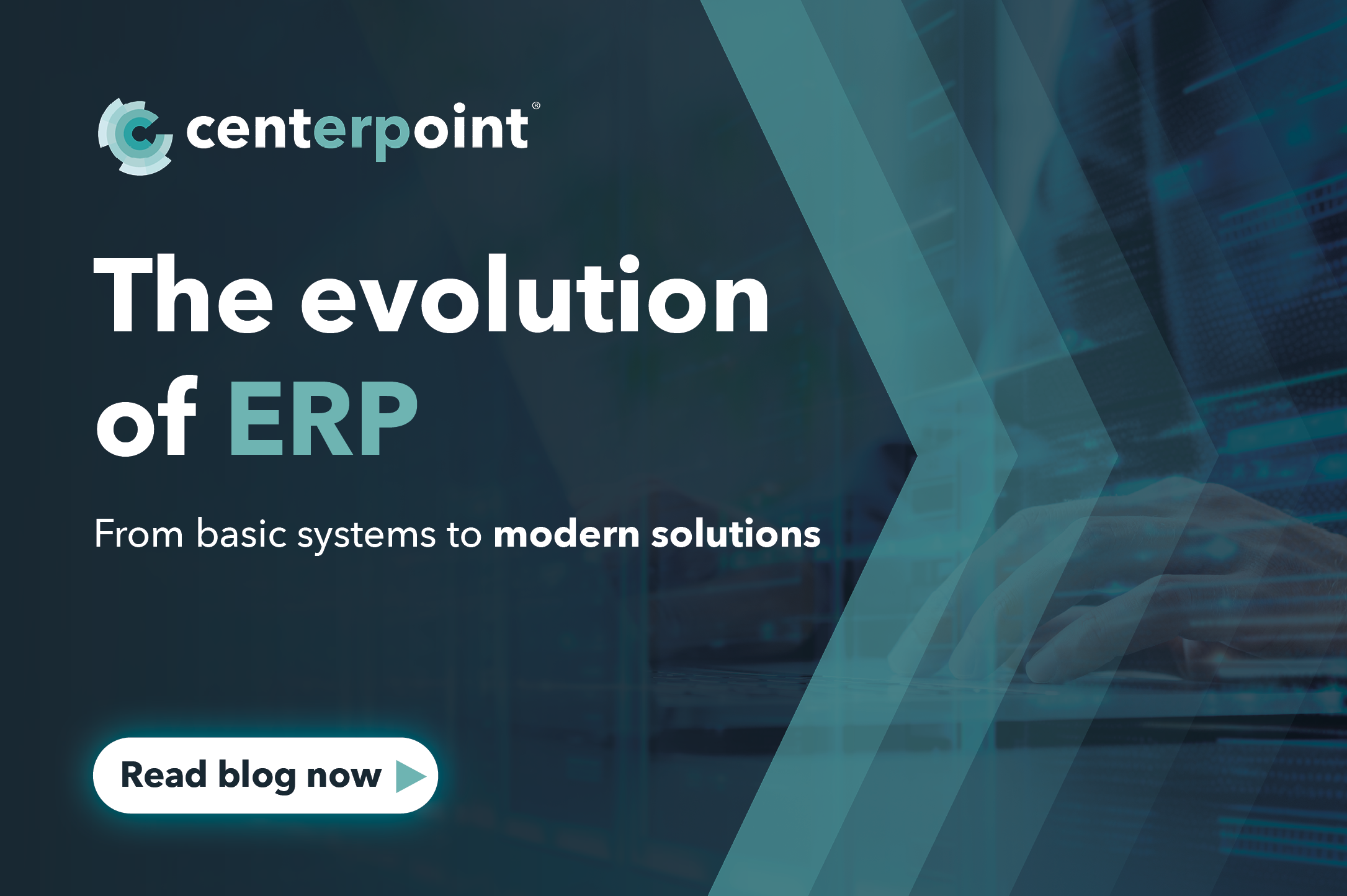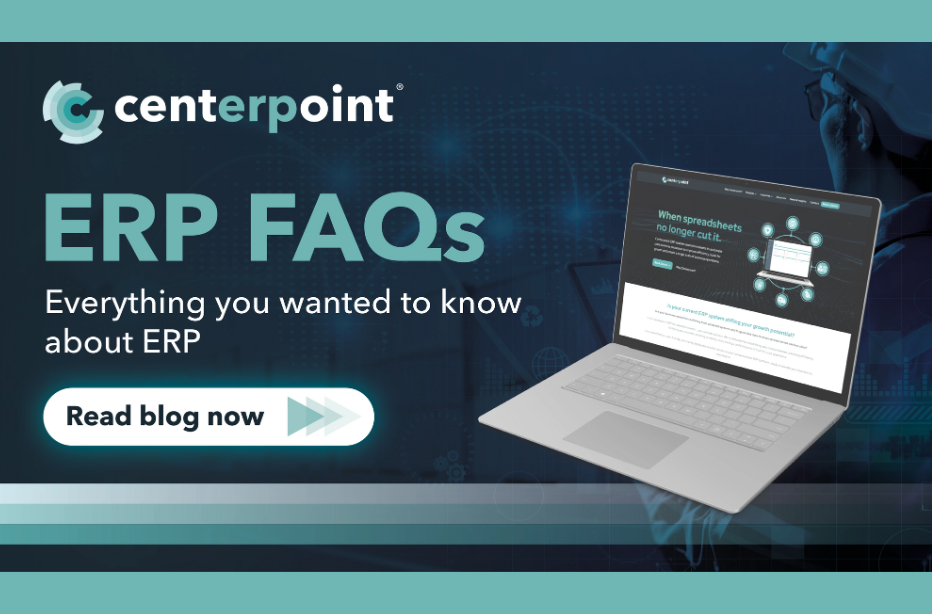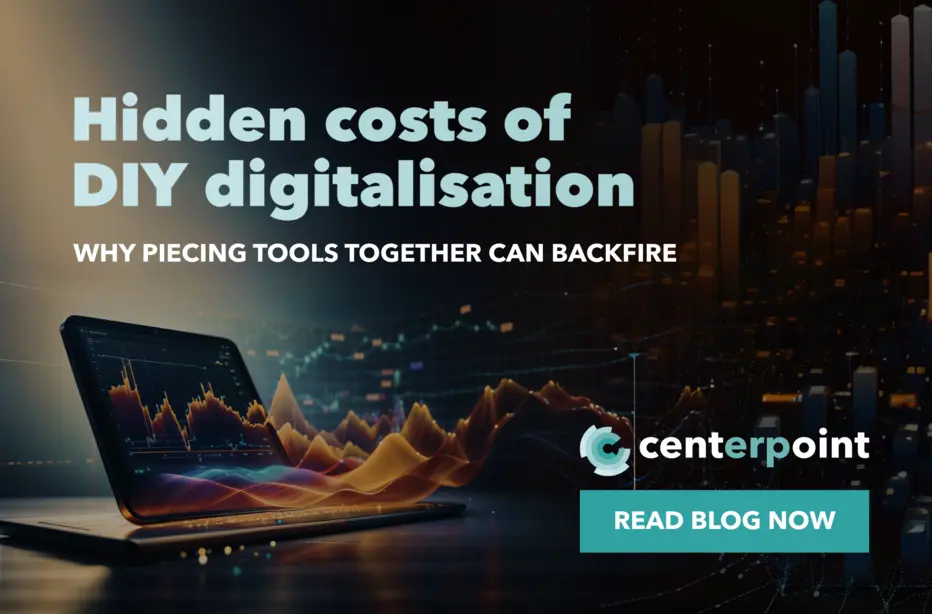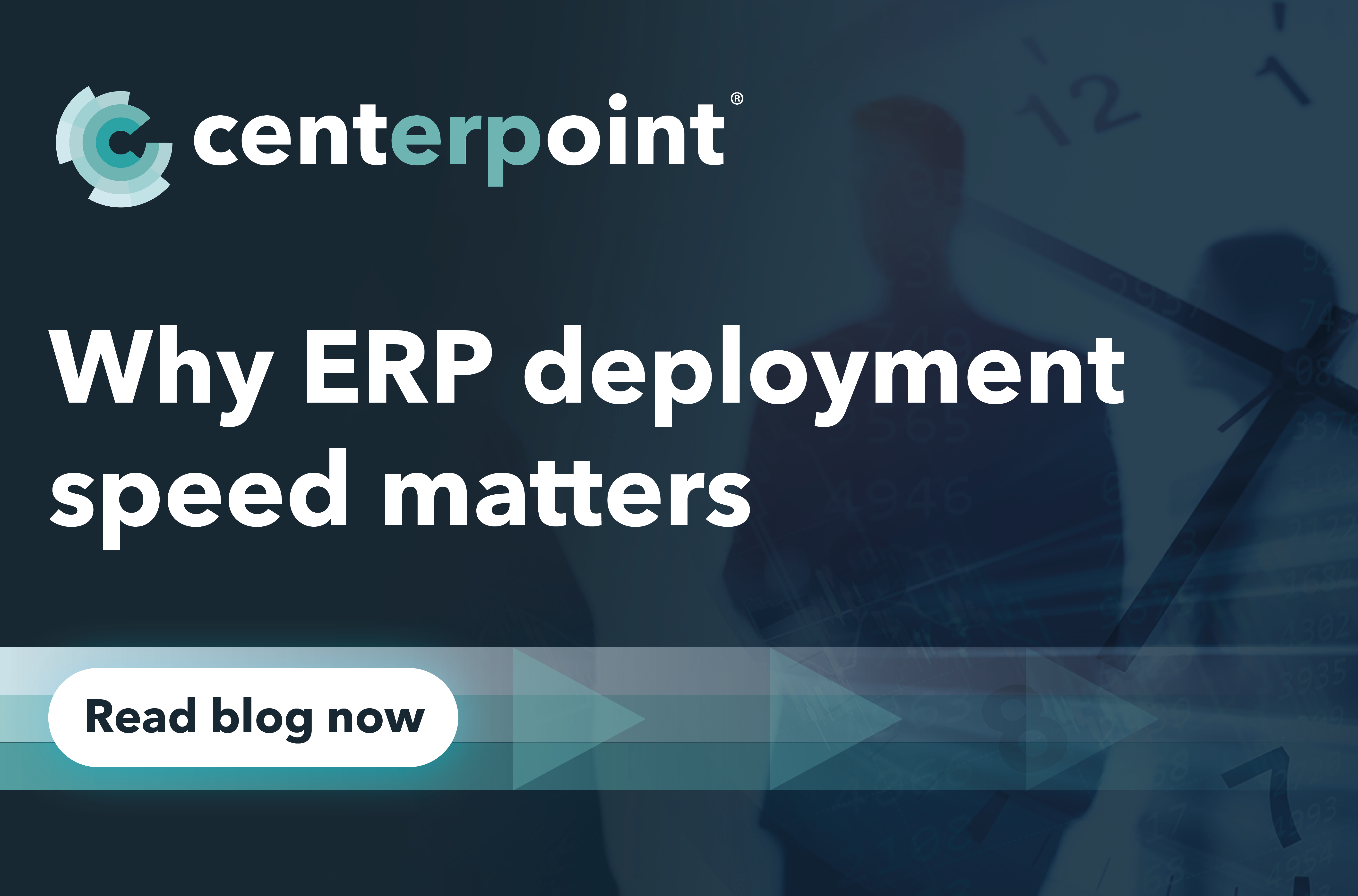ERP software solutions have changed immensely since they were first developed in the 1960s, growing exponentially due to business demands becoming increasingly more challenging throughout the years.
Understanding where ERP stems from and how it came to be, allows individuals to gain a wider perspective and appreciation for the software and its purposes. Furthermore, it emphasises the important role it plays within organisational development and support.
So, let’s start at the beginning of the evolution of ERP.
1960s-1970s: The foundation and introduction of MRP
ERP solutions first emerged as a Materials Requirement Planning (MRP) software, designed to streamline manufacturing and inventory management. The first MRP system was created from a collaboration between IBM and a manufacturer of tractors and construction machinery.
However, early MRP systems were expensive to create and required a team of experts to maintain, not to mention taking up a lot of physical space. This technology remained limited to large companies that had enough budget and resources for its development.
1980s-1990s: The development of MRP II
Businesses continued to grow and demanded more comprehensive tools, which caused the evolution of MRP into Manufacturing Resource Planning (MRP II). The MRP II could handle scheduling, and contracts along with inventory and raw material procurement. Its extended capabilities marked the foundation of integrated business systems but still had a long way to go.
1990s-2000s: Evolving to ERP and a new era
For the first time in the 1990s, the Gartner Group used the term Enterprise Resource Planning (ERP), coining the new system which expanded to areas not touched upon previously. ERP systems began to include other departments and functions such as sales, accounting and finances. Moreover, it expanded beyond basic manufacturing processes and inventory management, integrating multiple processes and departments into one system.
These early ERP systems were on-premises, and required immense customisation, being a very complex infrastructure.
2000s-2010s: Advancing and improving to ERP II
In the year 2000, Gartner established ERP II, an internet connected software which provided real-time access to ERP data. Allowing organisations to connect processes and data across global operations. However, these systems often operated independently within each business function, limiting their potential for agility and innovation.
2010s-Present: Modern solutions
New age ERP solutions are cloud-based, modern platforms that integrate data across business functions, productivity tools, and customer engagement solutions. They offer real-time insights, scalability, and flexibility, helping businesses flourish while maintaining security and privacy.
The appreciation of modern ERP
The journey of ERP shows us one thing clearly: businesses that embrace positive change thrive. We have gained a massive amount of knowledge and technology to ensure organisations are able to fulfil their goals and purposes with the utmost efficiency and structure.
Thanks to the evolution of ERP software, we are no longer:
• Stuck with cumbersome machines and equipment which don’t provide as much value as its worth
• Bound by expensive costs solely for huge organisations
• Collecting isolated data that creates data silos and disconnected teams
• Forced to use ERP for one business function
How Centerpoint ERP can support you
Modern ERP solutions like Centerpoint don’t just manage processes, they reduce risk, boost efficiency, and free organisations to focus on what matters most. From the history of ERP, we were able to understand what we have truly gained in modern day, but how do you know which software suits your business the best?
Here are a few Centerpoint ERP pros that you won’t want to miss out on:
• Fast deployment speed that only requires a few days rather than months
• Full support from members of our team for training and masterclasses
• Cloud-based technology, enabling teams to work together, anywhere
• All modules for various business functions in one place, no add-ons
• Made with small to mid-sized organisations in mind
• Readily configurable
And so much more, if your ERP feels stuck in the past, it might be time to take a step into the future, with Centerpoint ERP.




.png)



